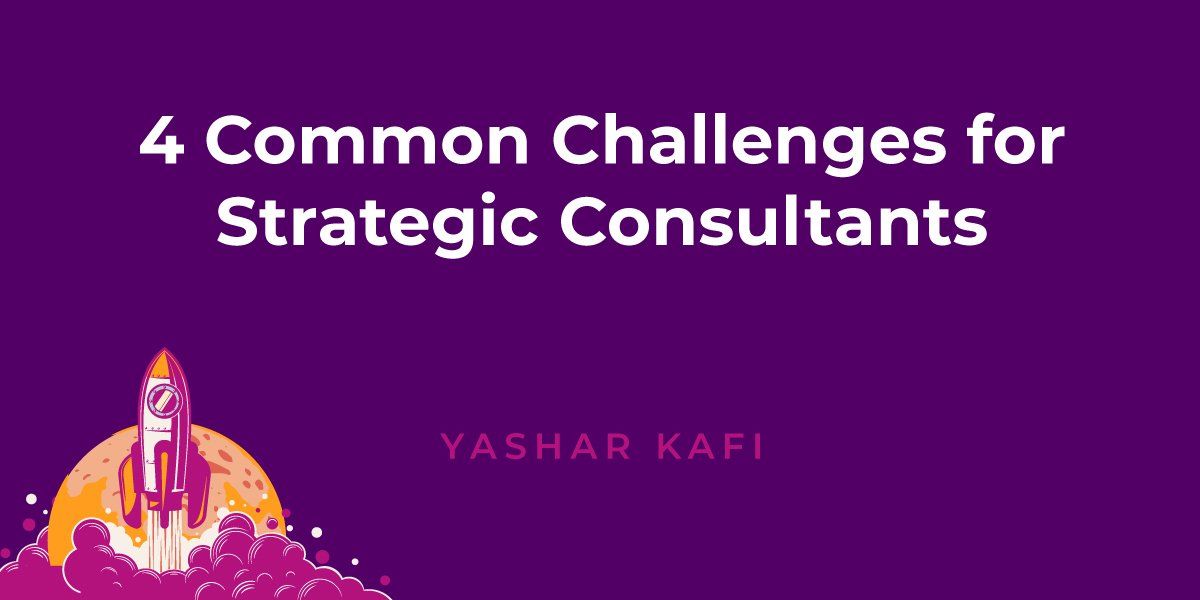4 Common Challenges for Strategic Consultants
Deciding to grow a business is a huge step to take. However, that’s just the beginning of your journey as a strategic consultant. Scaling can be overwhelming. It’s also a massive undertaking that requires an immense amount of your time, effort, discipline, and expertise.
Yet successfully expanding a business is possible. Below we’ve provided strategies to help you avoid some of the most common pitfalls and challenges strategic consultants face when aiming to help a business scale profitably—as well as what you should do to address each of them.
Challenge 4 — Hiring Too Fast
Proper pacing when hiring is essential when growing a business. Too many companies jump the gun in anticipation of high growth and hire a proverbial army of new employees. This is not only wildly expensive but also wildly premature.
Even though the business may have new funds in the bank set aside for growth, increasing team size should still be done incrementally—at a slow but steady pace that matches the actual growth. A good rule of thumb is to only expand the team when it’s needed. Also, be sure you can justify every employee addition for a specific role.
Challenge 3 — Costs Have Increased, but Results Aren’t Showing Similar ROI
Often a company will employ more people, doubling their staff, and then be shocked when they don't see “doubled” results. There is no answer as to why this math equation doesn’t always add up, but the reality is that this happens frequently. The only remedy to avoid such a scenario is to scale slowly versus aggressively. By opting to make gradual improvements and investments instead, you can keep closer tabs on—and have better control over—your finances, every step of the way.
Challenge 2 — Planning Is Taking Precedence Over Productivity
In this scenario, “a little less conversation and a little more action” is required, as Elvis once famously noted! This is the mindset businesses need to adopt. Having a clear and distinct roadmap for success and scaling is pivotal, of course, but when your leadership or management team is so busy planning and managing people instead of focusing on the actual work that needs to be done, something needs to change. An example of this would be planning on improving processes instead of implementing innovative techniques and strategies.
Challenge 1 — Departments Are Not on the Same Page
It happens all the time. Your number of employees has grown, yet across your various departments, the teams haven’t grown together. For example, the sales team might still be having their meetings separately, only to have another department (after numerous discussions amongst their sect) moving in a completely different direction.
Adding to this discordant dilemma are data silos. To successfully avoid this, constant collaboration and expert communication must be at the very core of all you do. And as for your data, you have to get (and stay) in sync.
For more insights, here is a helpful article discussing even more challenges of growing a business—and tips on how to face them. And, as always, AMPlify is here to help.




